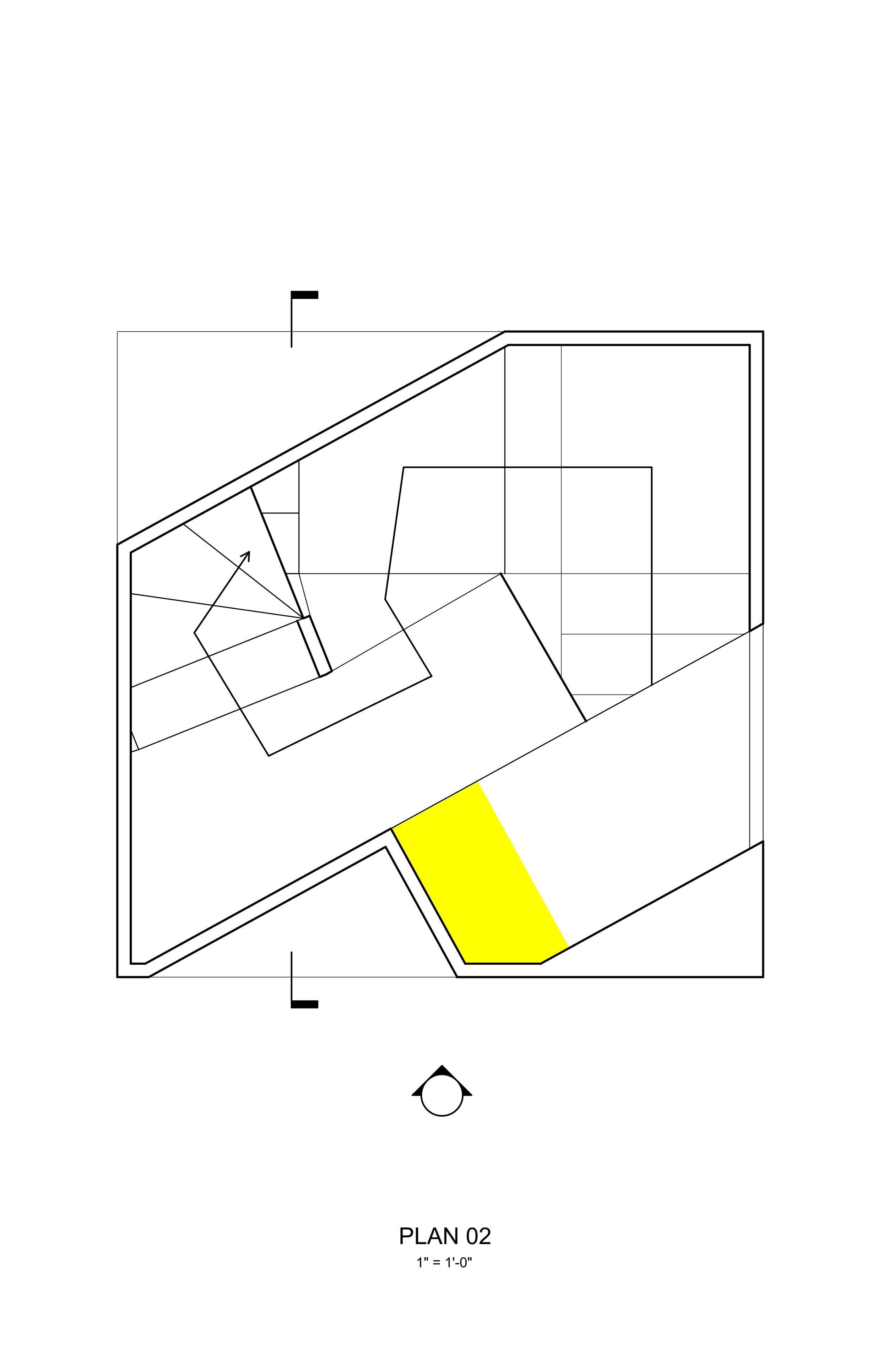Light Throughputs
As part of an advanced architecture studio, I designed an intervention for a park in Cambridge, MA. In my project, I explore these two aspects of light, how light brings out form and also how light becomes form and takes on depth. This approach is inspired by projects earlier on in the studio, which had their starting point in exercises around a specific object which for me was the silicone gasket. I began thinking about the silicone gasket in terms of profile to depth relationships, where you can see it as a tube and mostly depth or from the end of a silicone gasket and mostly its profile. When approaching the site, I was interested in shadows and patterns of light and I noticed how buildings, trees, fence, are cast across the site, thus recalling depth. They also leave footprints, where patches of the site are defined by dark and light, which recall profiles. I wanted to build on that and bring attention to both the two and three dimensional aspects of light. My totem has openings and a form inspired by directions of light that are then able to reach specific areas of the site and illuminates aspects of its context. It seeks to facilitate an understanding of light as both 3D and 2D, as something that carves through space and also leaves patterns.
What does it look like build around light?
Corporal Burns Park (highlighted in blue) amid surrounding buildings in Cambridge, MA. Buildings, trees, and fence, are cast across the site through shadow and light. They also leave footprints, where patches of the site are defined by dark and light.
Light is the maker of architecture. Textures, atmospheres, and ultimately space is rendered visible in light and inaccessible shadow. Light gives form to what we build.
But architecture that is in symbiosis with light does not just attain form in light, but allows light to become form.
Light has its own form too. Shape emerges from the way light lands on the ground and rays takes on depth as they travel through space.
The magenta aperture shines light onto the grass right in front of the entrance to the building, serving as a doormat.
The blue aperture shines light onto the playground at the far end of the field.
My proposal for Corporal Burns Park imagines a structure that engages with the 2D and 3D aspects of light. It is placed in the site where there are various shadows from trees, buildings, and tables that it can interact with and features apertures that engage with and direct light internally and onto the surrounding context.
I researched patterns of shadows and light onto the site over the course of a year. I noticed how the shadow of a structure falls over unique parts of the context, and thus I realized that openings that allow light through would instead leave those places out of the shadow. Thus, I designed the intervention to feature multiple openings that cut through the structure in such a way as to allow light to pass and fall on my sites of interest. The apertures are calibrated to 3 times of the year and aspects of the context.
The yellow aperture shines light onto a bench that is a popular picnicking spot.












